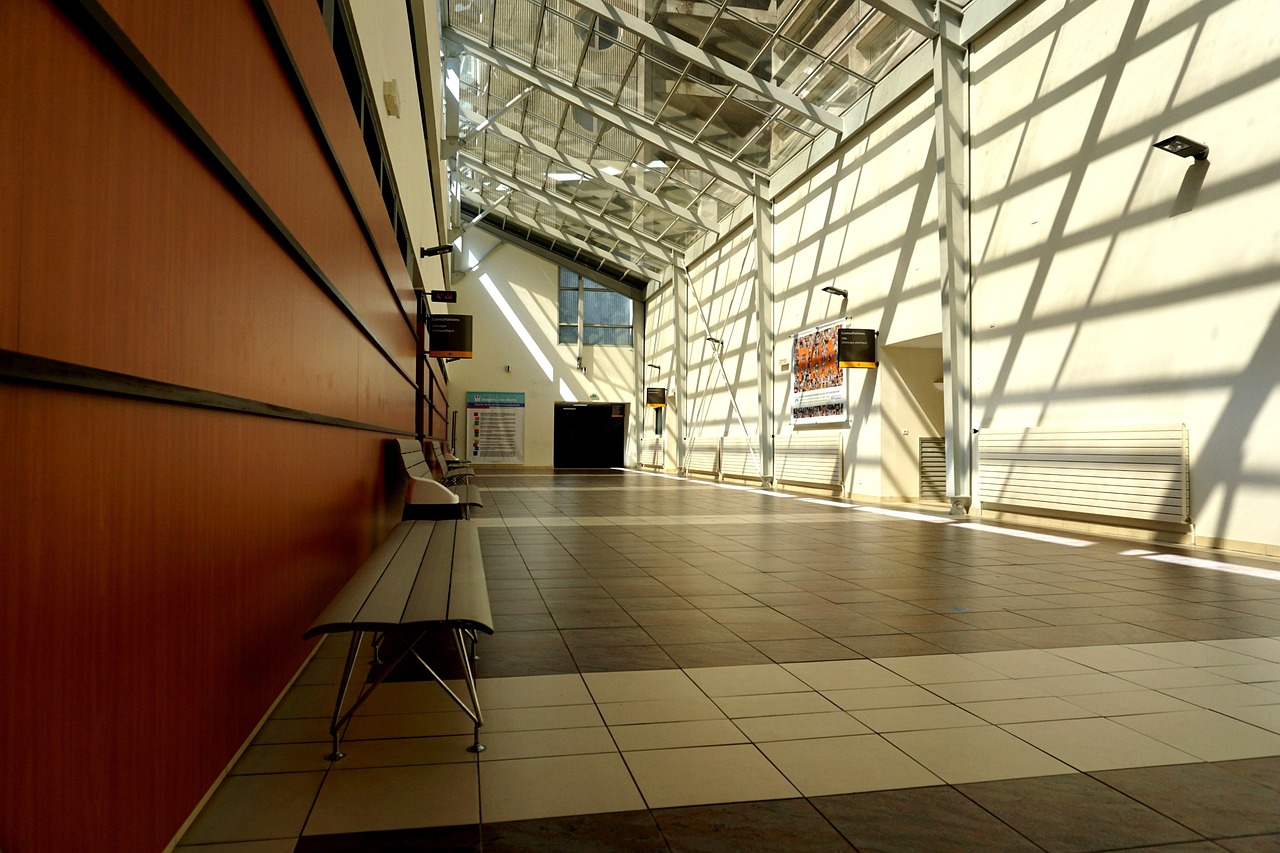Natural light is one of the most important elements in architectural design. Not only does it provide functional lighting, but it also has a significant impact on the aesthetics and ambience of a space. In this article, we will explore the importance of the use of daylight in architectural design and how it can improve the quality of life of a building's occupants.
Natural light creates a sense of spaciousness and connection to the outdoor environment. By designing with natural light, architects can take full advantage of changing patterns of light and shadow throughout the day and seasons, creating dramatic effects and highlighting architectural features. In addition, natural light has health benefits, such as improving mood, increasing productivity and reducing eyestrain.
In architectural design, a variety of strategies are used to maximise the use of natural light. These can include the orientation of windows and openings to maximise the use of direct sunlight, the use of skylights and skylights to bring natural light into interior areas, and the selection of materials and colours that effectively reflect and diffuse light.
In short, the use of natural light in architectural design not only enhances the aesthetics of spaces, but also has benefits for the health and well-being of the occupants. Architects should carefully consider incorporating daylight into their designs, making the most of this valuable resource.



